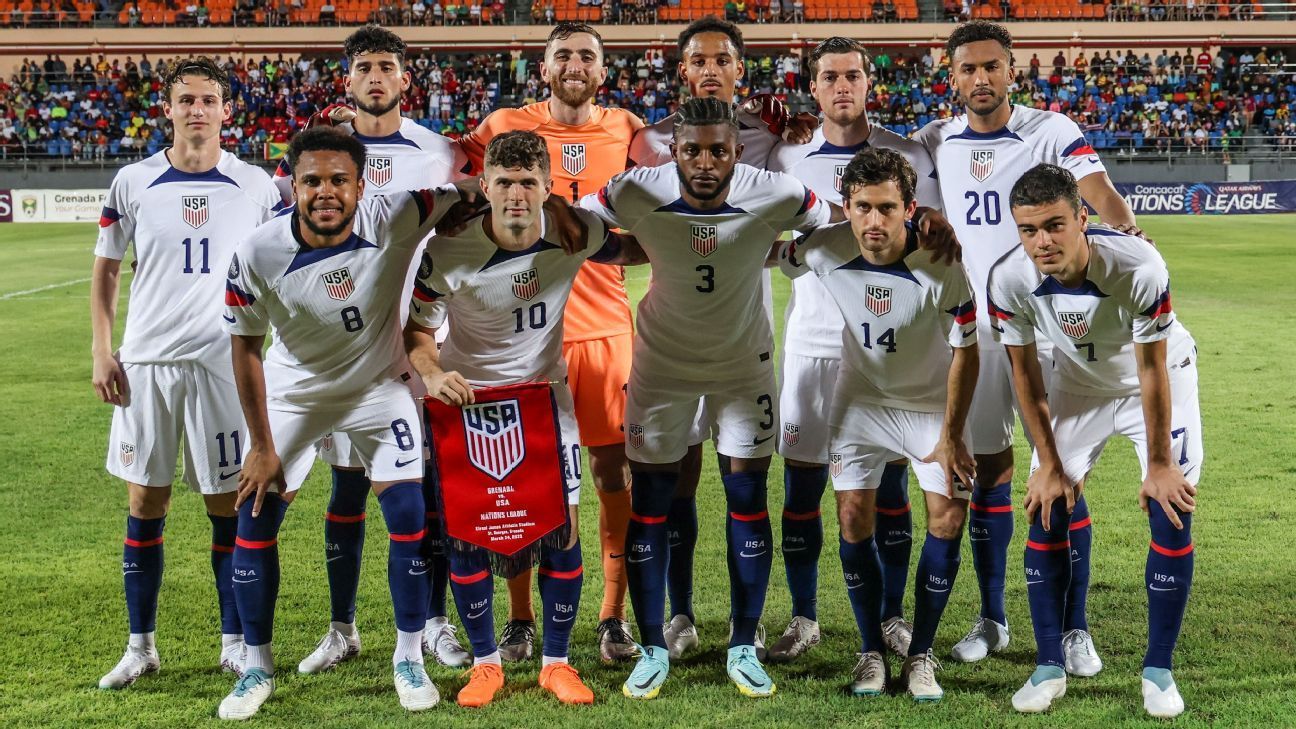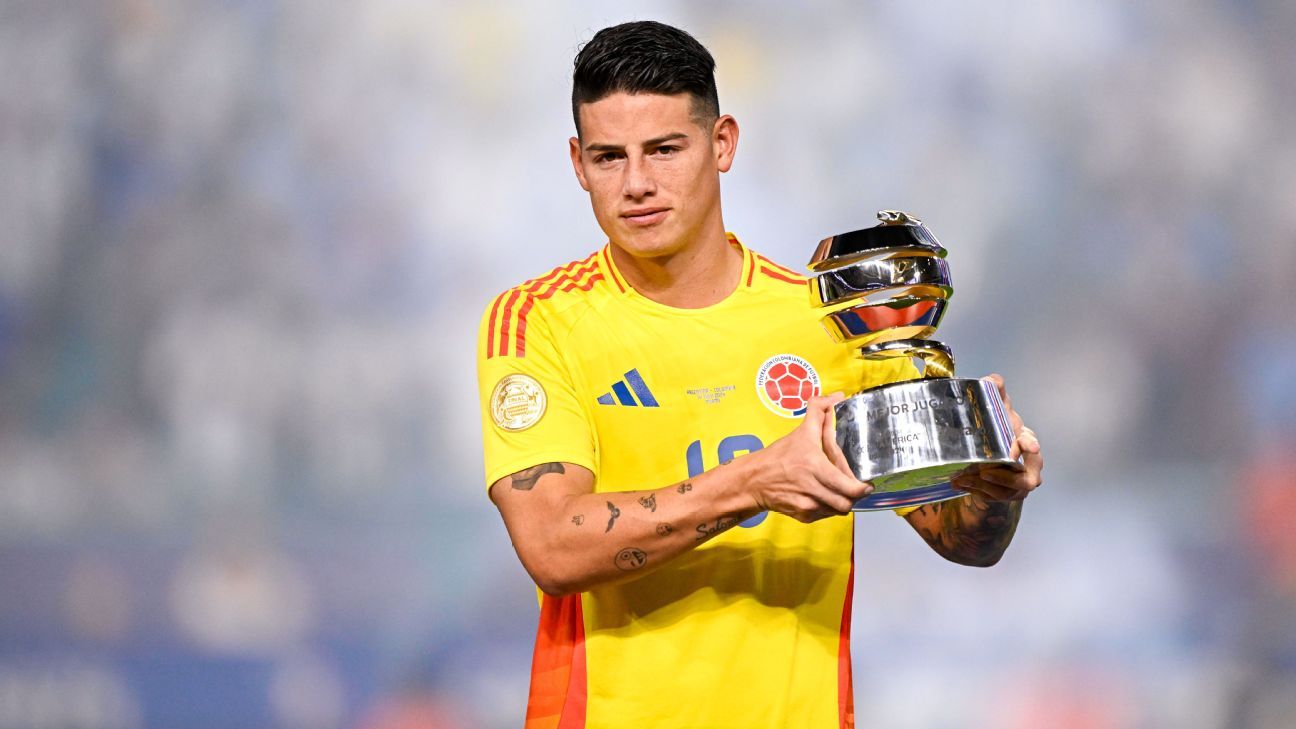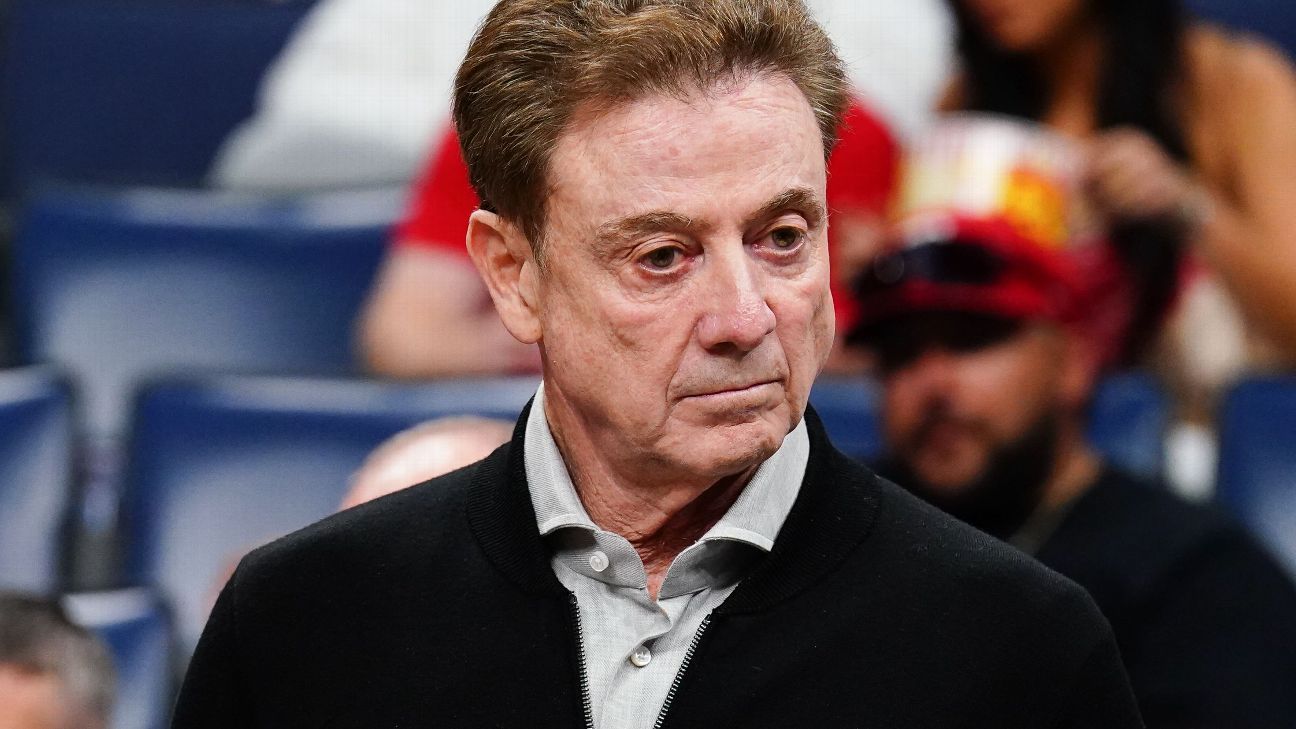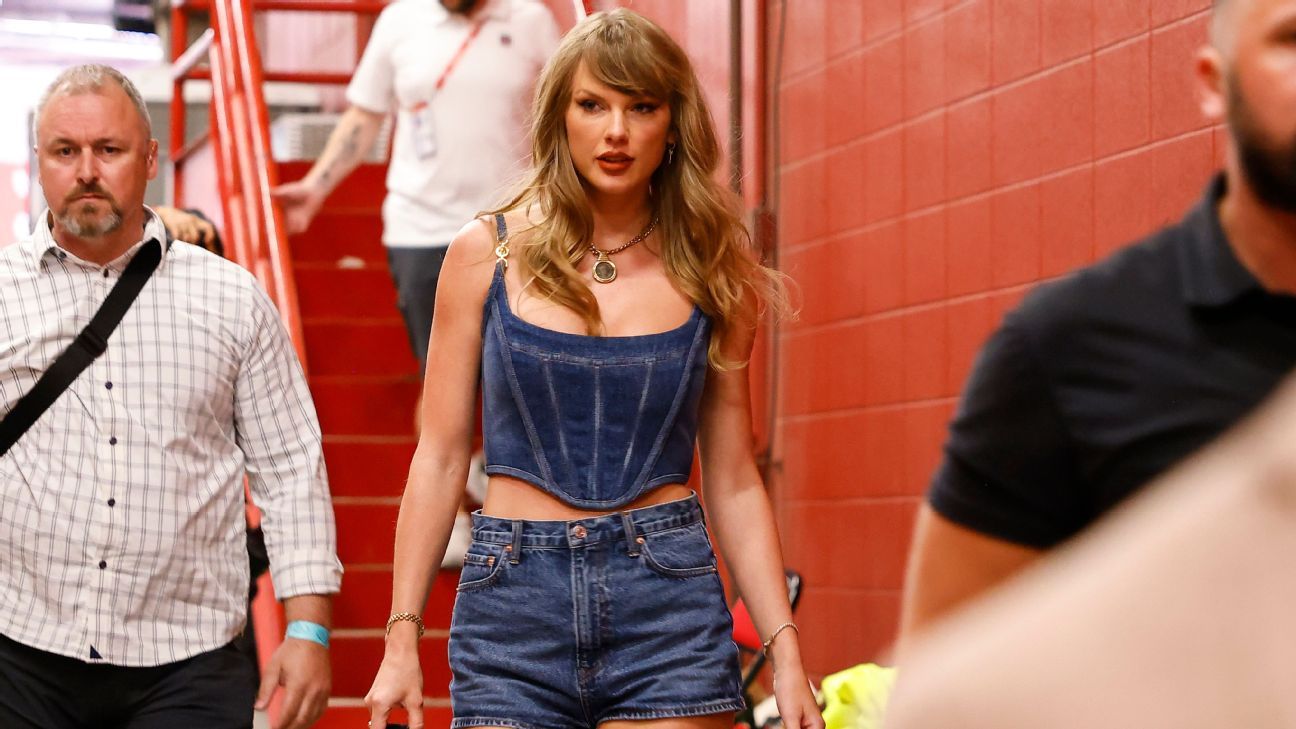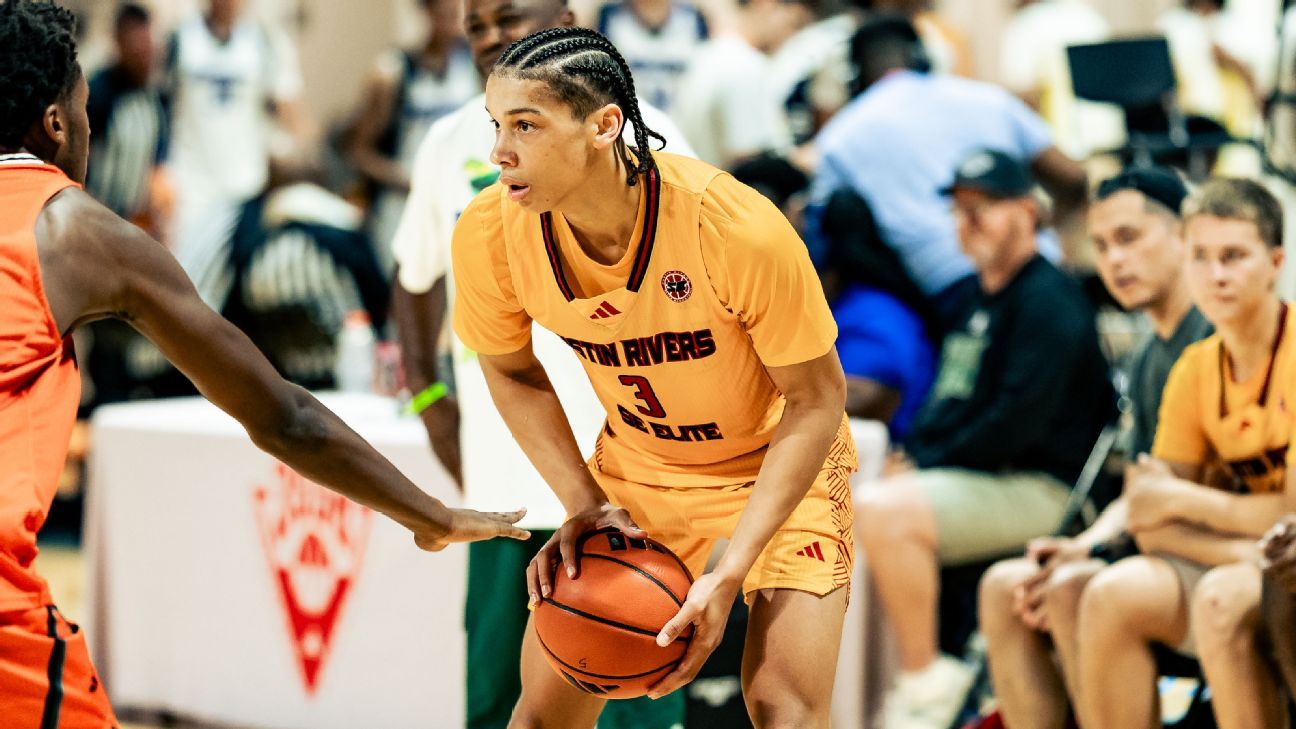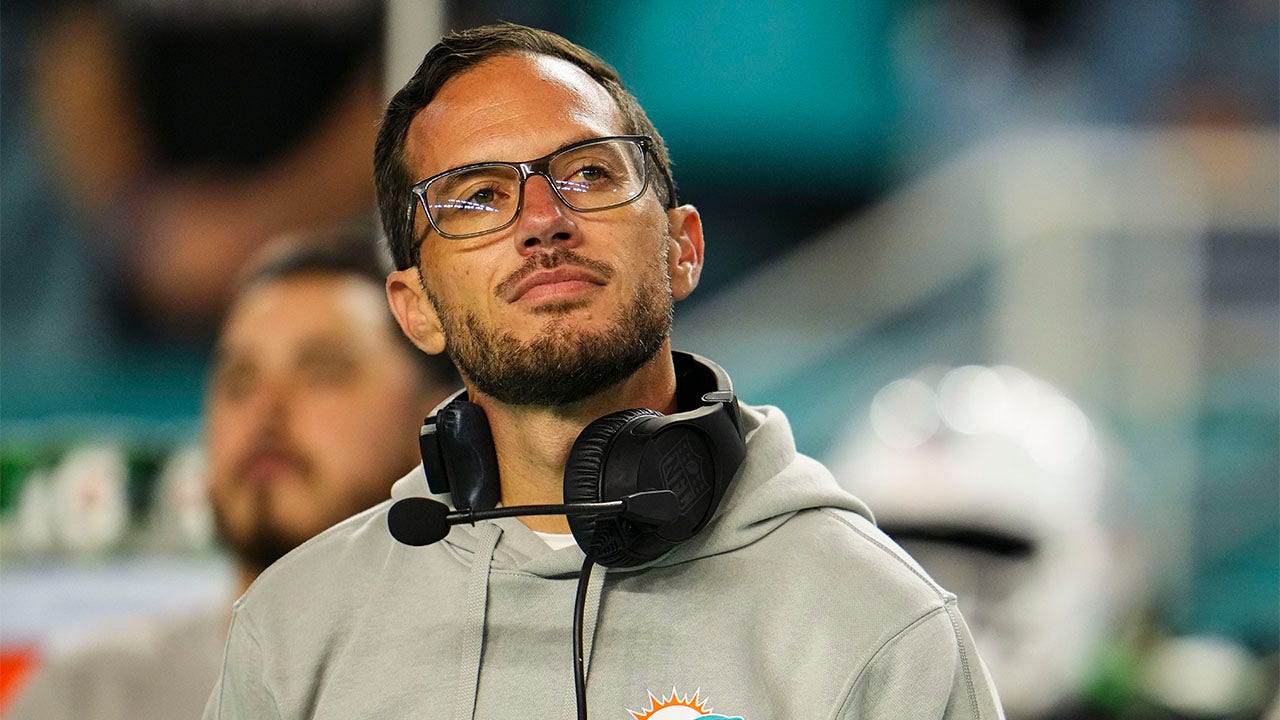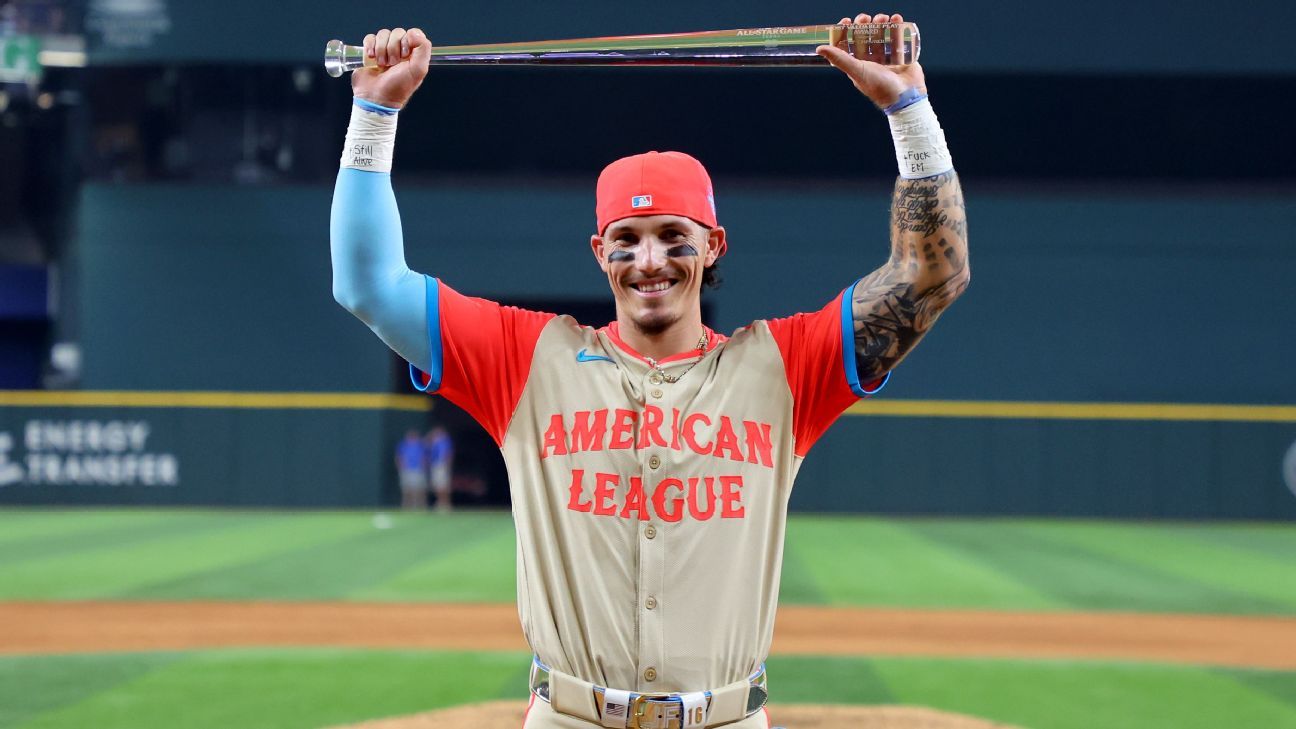In many ways, March 24, 2023 seemed like just another game for the United States men's national team. Weston McKennie and Ricardo Pepi scored twice, Christian Pulisic added a goal and two assists, and the Americans beat Granada 7-1 to move atop Group D of the Concacaf Nations League.
In one respect, however, the match was unlike any other in history. For the first time since the launch of Major League Soccer in 1996, the red, white and blue match-day squad did not feature a single player from the United States' top division. Atlanta United's Miles Robinson, the only MLS player even on the training camp roster for those games, was left out of the 23-man matchday squad due to injury, and looking at where the American players play, It is unlikely that this will be the last time the event happens to a player like this.
In a sense, the impact of current MLS players on the United States national team is diminishing. In the 1998 World Cup, 16 of the 22 players came from MLS. In 2002 and 2006, that number was 11 out of 23. In Qatar? Only nine of 26 players came from the first division, and only Nashville SC's Walker Zimmerman played more than 45 minutes.
– Stream on ESPN+: LaLiga, Bundesliga, more (US)
Now, this isn't to say that MLS (and the USL Championship) aren't having an effect on the senior national team. They clearly are, especially since most of those called up began their careers in MLS or development academies. American coach Gregg Berhalter pointed to the growth of the league as a key element in the development of the player group.
“MLS is a critical step in everything we are doing in American soccer,” Berhalter said in an interview with Telemundo in November. “When you see the amount of investment that the owners have made in Major League Soccer and, in fact, in US soccer, it's a great thing. The reason we are where we are is because of the investment from MLS.”
“We are not obsessed with where players come from. We are looking at how to grow this team, increase the pool of players and give experience to a wide selection of players.”
Consider this: 17 of the 26 players on the 2022 FIFA U-20 World Cup roster played for an MLS NEXT academy, while 20 of the 21 men on the 2023 FIFA U-20 World Cup roster they were, or had been, in an MLS academy. Additionally, 14 players with USL or League One experience made the U-20 roster, including Joshua Wynder, who has since moved to Portuguese side Benfica in the USL's first seven-figure transfer.
It's a strange place for MLS and, to a lesser extent, USL. The league needs to move its best young players to other clubs and reinvest the money into player development, a virtuous cycle that also means talented young Americans will end up playing overseas. While 2023 saw homegrown players set a record, with 174 playing 168,163 minutes in 2,829 games, three aging defensemen (Matt Miazga, Tim Parker and Zimmerman) were the only Americans on the Best XI team. The three leading MVP candidates (FC Cincinnati playmaker Luciano Acosta, LAFC winger Dénis Bouanga and Atlanta United midfielder Thiago Almada) came from abroad, and no American has won league MVP since Mike Magee in 2013 .
An emerging league is, almost by definition, a place where the most talented young players go and that is, at least for now, a feature, not a bug.
“All the work we do every day is focused on giving our players opportunities to reach their maximum potential, whether in the academy or in the first team, so that eventually some of them become high-level players in the MLS”. said Charles Altchek, president of MLS NEXT Pro, in an interview with ESPN. “Whether they stay in MLS or end up moving around the world depends on where they are in their life cycle as a player, what they want to achieve and where they want to be.”
The USL is adopting this same philosophy: they want to be a place where Americans start a career, not end it.
“I firmly believe that the most valuable currency in football for player development is, first and foremost, playing minutes, especially meaningful and competitive games in front of thousands of fans,” said the head of global football development and sporting director of USL's Oliver Wyss during a phone call. with ESPN.
“Our clubs are ideally positioned to provide this environment and the full pathway it already has and will have an even greater direct impact on the development of the next generation of US National Team players and will also allow the USL to expand. become a more important player in the global transfer market.
“I encourage all of our teams to view our best players as assets and not expenses. Ultimately, if these assets can be transferred to Europe and you get a six or seven figure transfer fee plus a future sale percentage, The return on investment in these players is going to be significant for a club.”
The growth of national leagues means there are more opportunities than ever for Americans to see the field, but there is also more competition. The trend for MLS clubs looking for quality is to target players in their 20s. In other words, men in their prime who are also depreciating assets in a sport that prioritizes youth and potential.
While this is good for the level of play, it is not good for younger Americans trying to break through and may see opportunities to enter the field blocked by these expensive acquisitions. As a result, the percentage of minutes played by Americans in MLS has decreased even though available minutes have increased due to league expansion. A worthwhile comparison is Japan, a soccer country that is in a similar position to the United States in this regard.
Tom Byer, a man who has had a significant impact on the development of soccer in the Asian nation, offered an observation during an interview. “In the case of Japan, most of the national team players play in Europe, but the difference between the best players in Europe and the players in the J.League is small,” he said. “Almost no Japanese player comes to Europe to play until he has played about 150 professional games in the J.League.”
Closing the gap should, and is, an MLS goal, and one that is slowly being achieved. But the truth is, at the end of the day, it's not the job of MLS or USL to improve the United States men's national team. They are three separate and distinct entities with their own objectives and success metrics. Still, there's the reality that what's good for one is good for another (a strong tide lifts all boats, or something) and there's a World Cup not far away across North America.
“When the national team is successful, it's good for soccer fans in this country and for MLS,” Altchek said. “That is why we have worked very closely with the Federation for decades to provide those opportunities to players and work with them on call-ups and releases of players for different competitions.”
“We want the United States to win the 2026 World Cup or at least go further than ever before. Having the men's national team there with a group of players who played or are playing in MLS will be the icing on the cake.”

